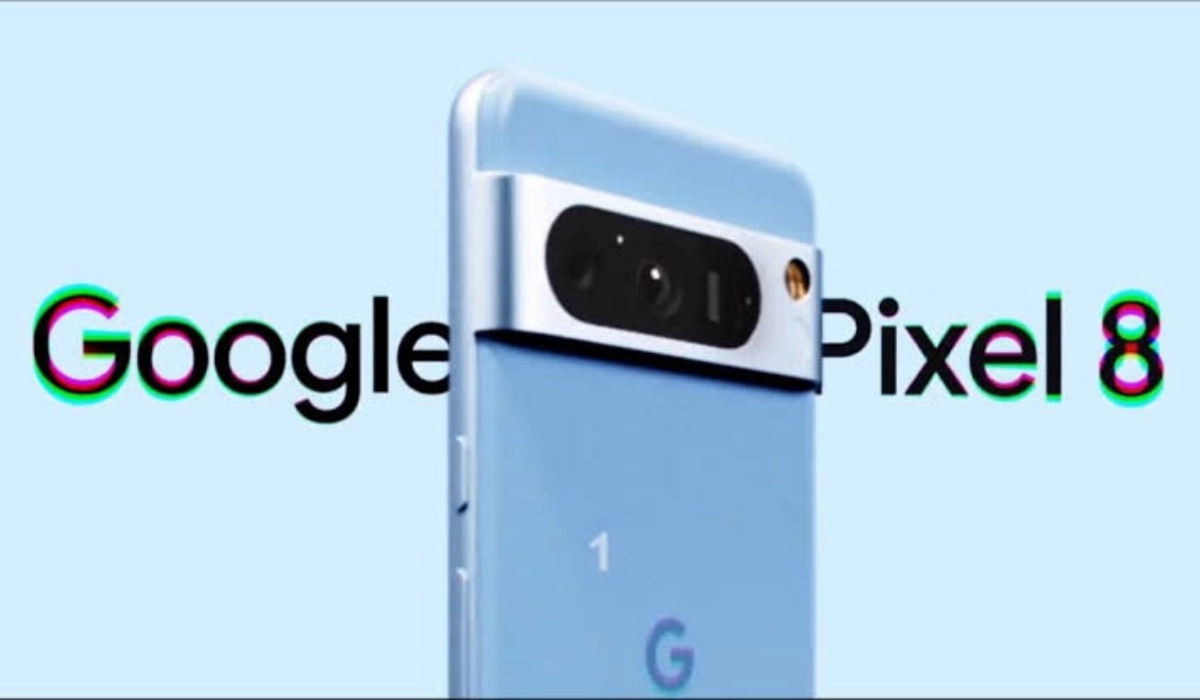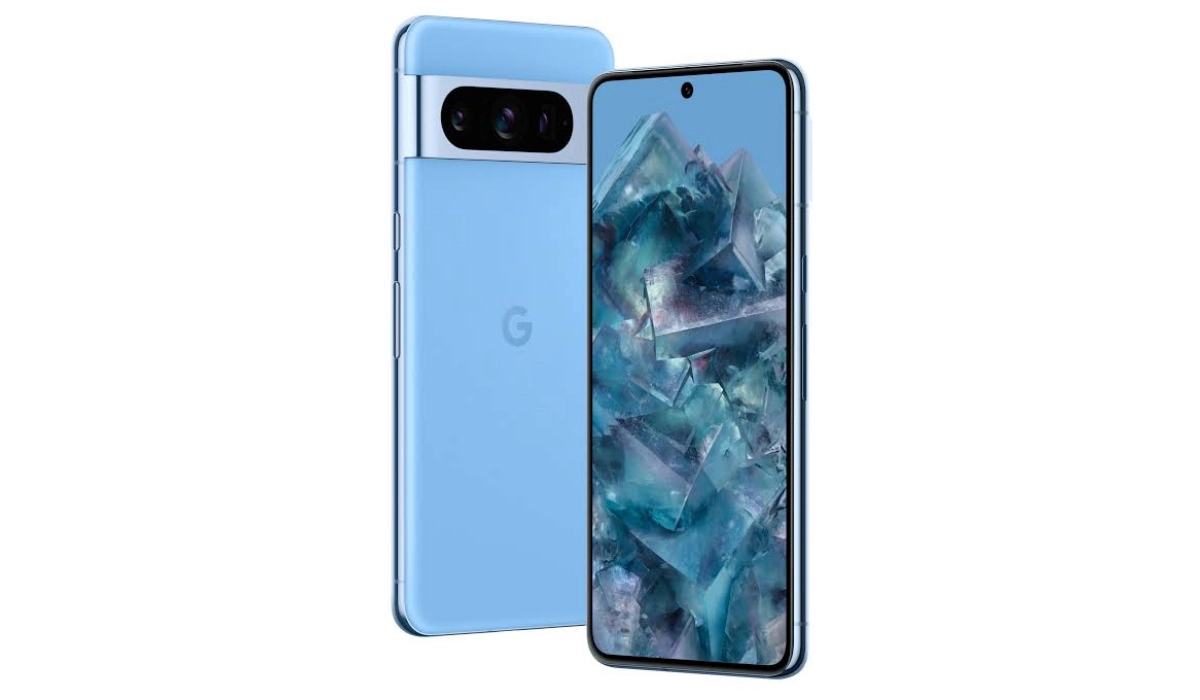It is not every day that I hear the announcement of any new smartphone and I immediately began to consider getting one. But the announcement of the new Google Pixel 8 had me in that situation immediately.
For starters, I am a fan of Pixel smartphones. In an ideal world, Pixel phones would be my primary phones – the ones I use daily. They run stock Android OS (or as close to stock as it can get), have great cameras, have solid build quality, and provide timely software updates. What is not to like? There are a few issues, from my experience with them.

Then there eisnthe inclusion of Ultra-HDR, Google’s new advanced image-enhancibg technology that is sold as being able to make images more life-like. Google Pixels have always had solid photography, and this just makes them juicier.
The problem with last Pixel phones
I owned the Pixel 3, Pixel 3a, and Pixel 5A 5G, and all three gave me a certain suite of issues. The major one was overheating, which triggers a number of accomplice issues. That is my main grouse with Google’s smartphones: overheating. Of course, I’ve also disliked the rather slow charging that Google includes with them (thankfully, wired charging has gotten another bump up to 27W this year, though that is still miserable compared to what is available from many other brands). And I wish they had better battery life as well. But I can live with those two issues. The overheating is unbearable, a complete deal breaker for me.
I have read that the older Tensor processors used in previous Pixel models were responsible for the overheating problem in those phones. It is said that the new Samsung-made 4nm Google Tensor G3 chipset in the Pixel 8 promises better efficiency and higher performance, and generates much less heat, compared to its predecessors. I do desperately want that to be true. But Pixel phones were overheating even before Tensor chips began to be used in them. For example, the Pixel 3 had a Snapdragon 845 processor in it, yet it overheated.
I am not convinced that the Tensor processors are the problem. Perhaps they contribute to it, but it can’t just be that. Pixel smartphones definitely have some problem at the level of software-hardware optimization, especially with the cameras. Consider how fast the phones heat up once you start using the cameras, and you catch my drift.
Juicy Android software update support
Anyway, Google Pixel 8 has me considering another adventure in that direction. Why? I am still wary of the brand because of my experience with overheating, but the idea of getting timely software updates on a phone for 7 years has me drooling. It smells so good that I want to taste it. And as we all know so well, the taste of the pissing is in the eating. Or rather, in this case, the taste of a smartphone is in owning one. A part of me wants to own a Pixel 8. Another part is flashing bright red lights and reminding me that this phone will end up boiling me water for mugs of cocoa drinks.

I am likely to bite and get one. Or more likely, I just might wait for the Pixel 8a to be announced to see if it will get the same 7-year update treatment. The 8a will cost less and so reduce whatever pains I will feel should the old overheating issue spring up on it as well. If I go that route, there will be no Pixel experience for me this year, as the Pixel 8a won’t be arriving till around May 2024. And that is fine. What is the hurry?
I am not particular about any other features of the phone. I simply want guaranteed software updates, so I can keep up with new features in Android OS. That’s it. I’d have loved to have a telephoto lens, but I don’t think that is worth paying the extra cost to get the Pixel 8 Pro. Plus, I prefer my smartphones to exist on compact sizes. The Pixel 8 will do just fine. Or like I already mentioned, the Pixel 8a.
If you are interested in the Google Pixel 8, I have listed below its price in a few key markets. You can buy it directly from Google, from Amazon websites in different countries, and also from independent retailers.
Google Pixel 8 Price
In the United States of America, the 8/128GB variant sells for $699, while the 8/256GB variant sells for $759.
In the United Kingdom, the 8/128GB variant sells for £699, while the 8/256GB variant sells for £759.
In Canada, the 8/128GB variant sells for CA$1,555, while the 8/256GB variant sells for CA$1,675.
In the European Union, the 8/128GB variant sells for €799, while the 8/256GB variant sells for €859.